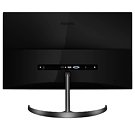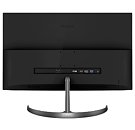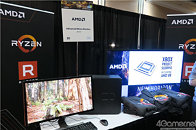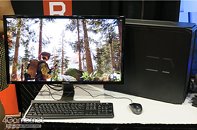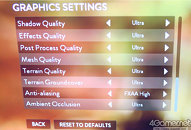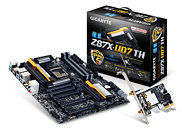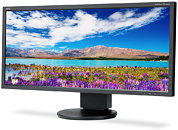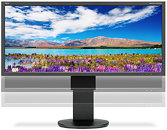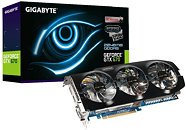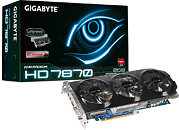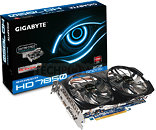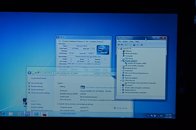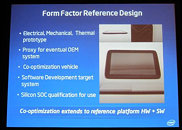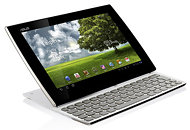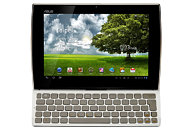
Western Digital Launches Two New Families of UltraStar NVMe SSDs
Western Digital today announced two new 96-layer 3D flash NVMe SSD families, the Ultrastar DC SN640 and Ultrastar DC SN340. Both are purpose-built for either mixed-use-case workloads or very read-intensive applications, respectively. The new Ultrastar drives help meet the evolving, and increasingly specific workload demands placed on data centers today, while building a strong, flexible foundation for the zettabyte-scale era of the future. Leveraging Western Digital's in-house SSD controller designs, firmware development and vertical integration, these new solutions underscore the company's strengths in developing innovations that allow customers' data to thrive, from edge to core to cloud.
NVMe is having a great impact on enterprises and what they can do with data, particularly for real-time analytics, M2M and IoT, and emerging technologies like composable infrastructure. Data center customers understand the nature of their data streams and application workloads and are realizing that today's general-purpose architectures are inefficient and can carry resource and cost overhead.
NVMe is having a great impact on enterprises and what they can do with data, particularly for real-time analytics, M2M and IoT, and emerging technologies like composable infrastructure. Data center customers understand the nature of their data streams and application workloads and are realizing that today's general-purpose architectures are inefficient and can carry resource and cost overhead.




